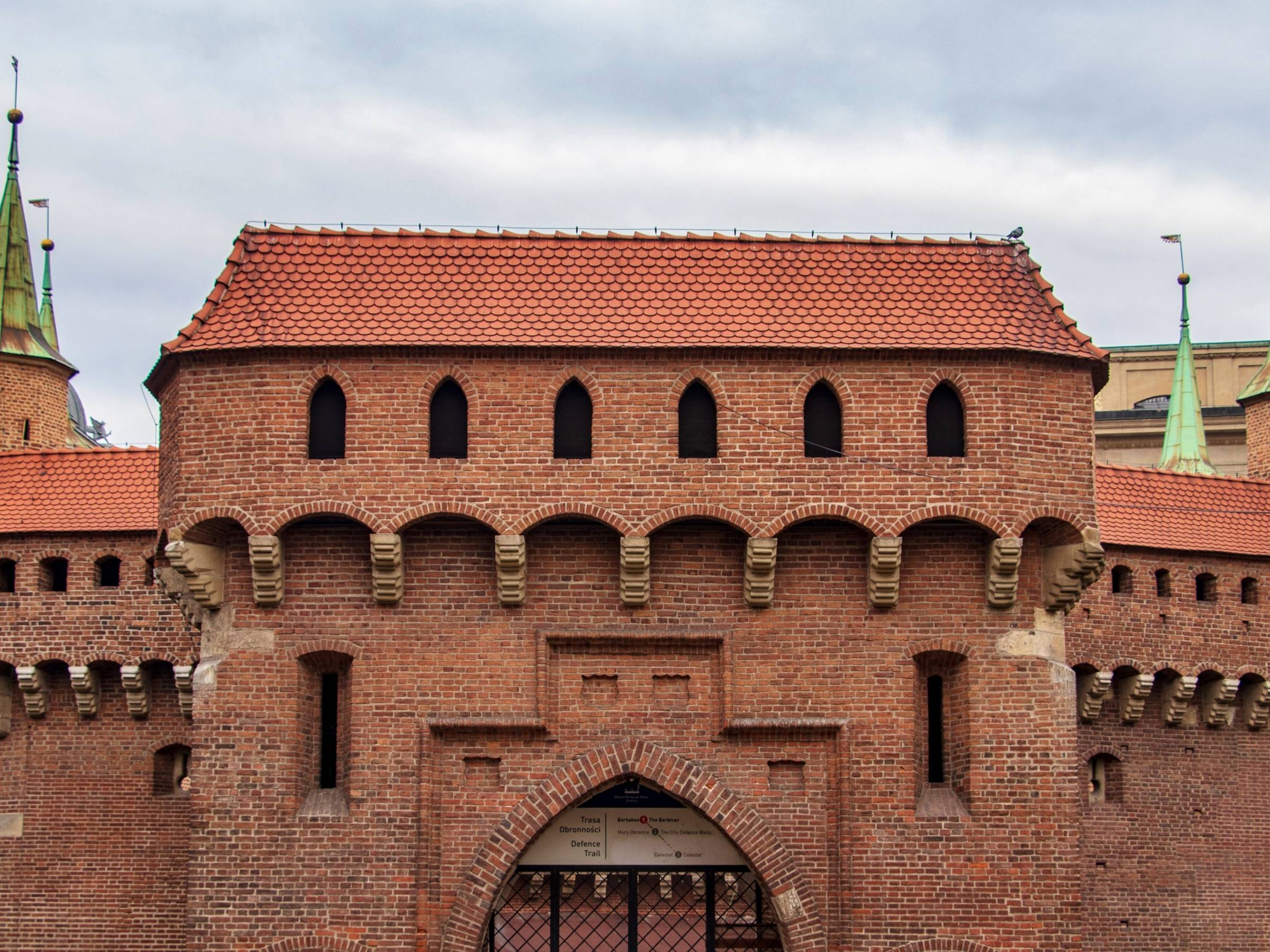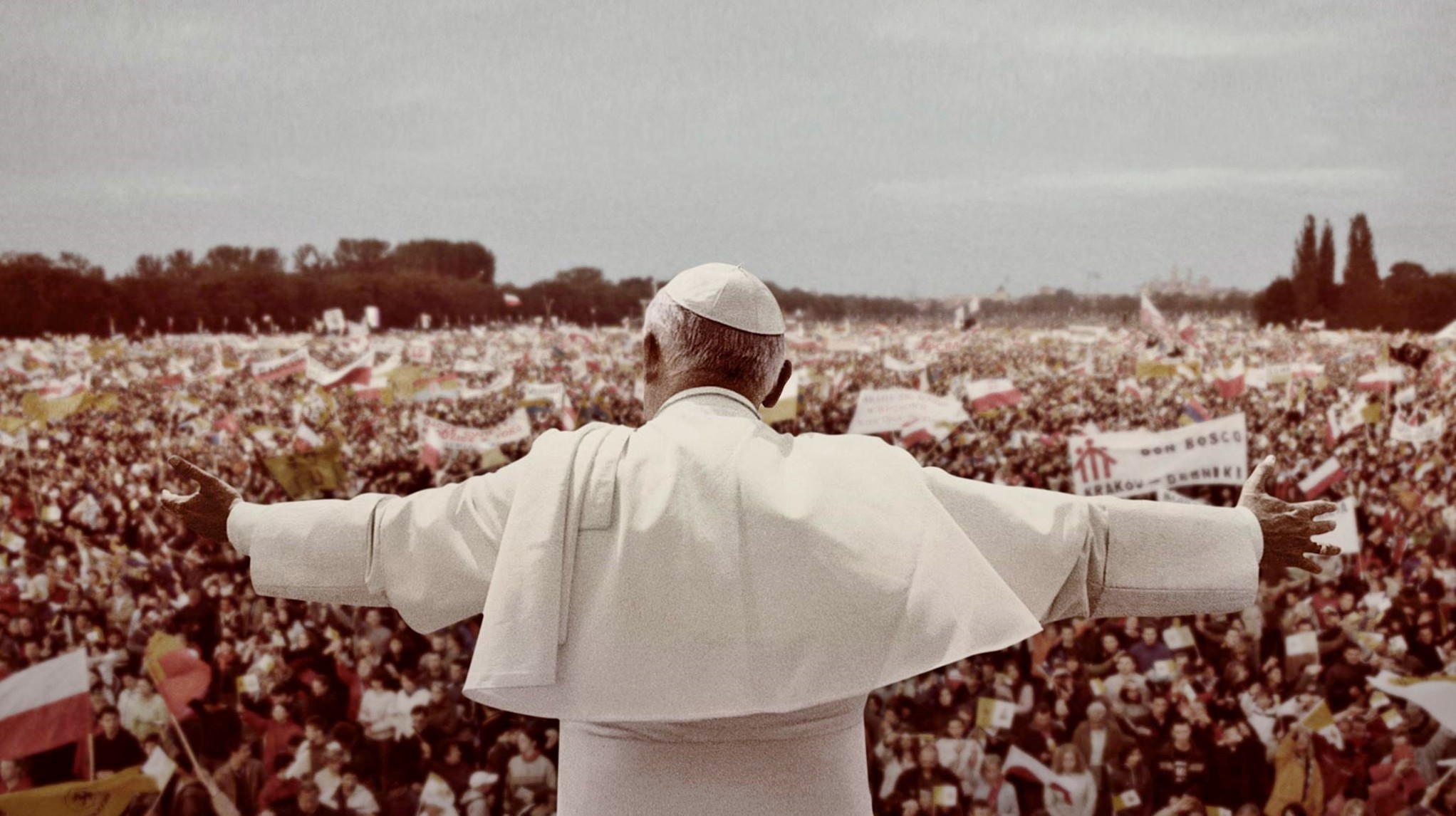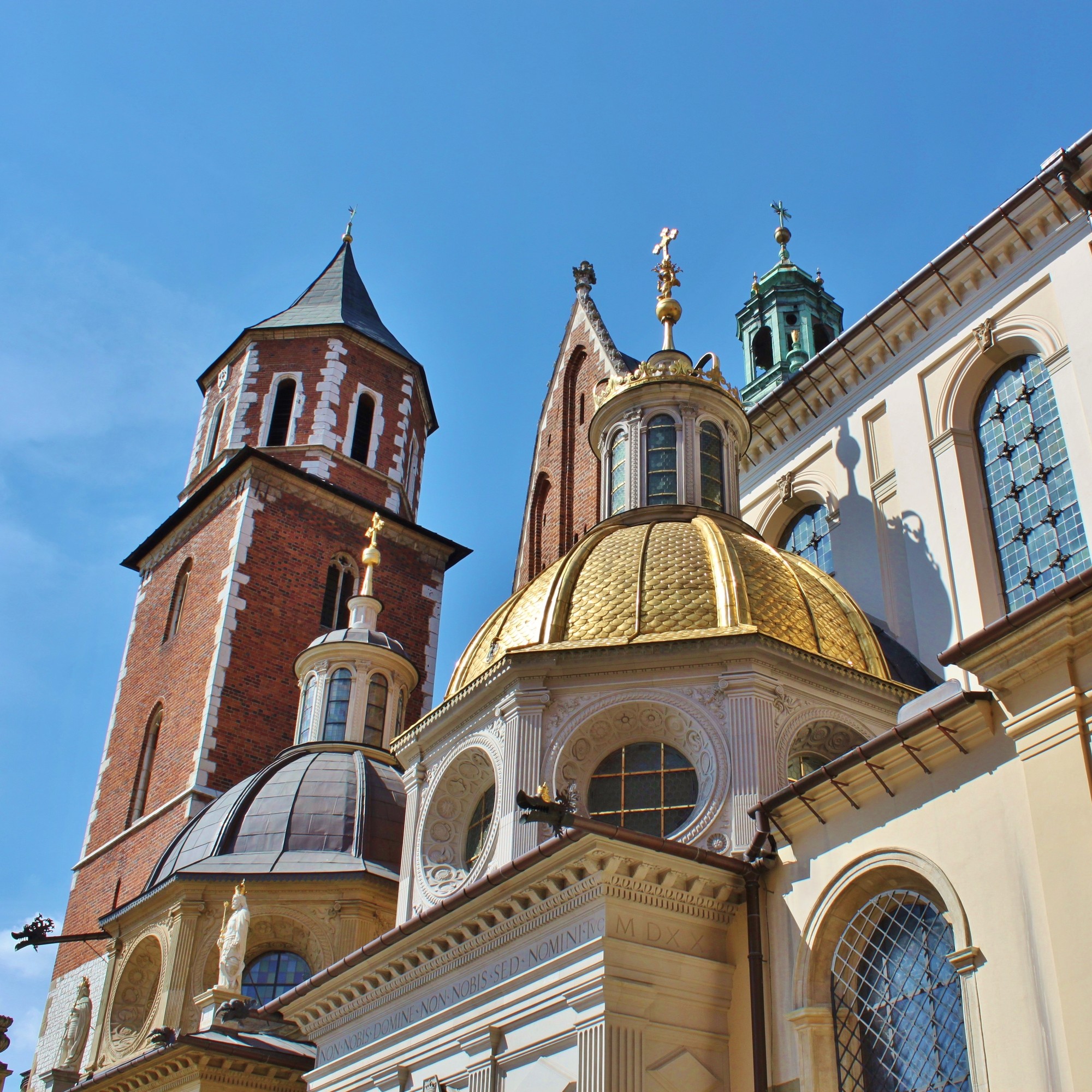
Stanisław, originally intended for Wawel Cathedral.
The first patron saint of Poland, and also the official patron saint of the city of Kraków, St. Stanisław (St. Stanislaus) is almost ubiquitous in Polish communities, his image seen in numerous stained glass windows and paintings, and his name gracing not only Polish churches at home and abroad, but also once a popular name for children (how many Stans, Stasieks and Stasias do you know?). It is St. Stanisław's sarcophagus in Wawel Cathedral before which Polish kings kneeled upon coronation, and where generations of Poles have prayed ever since. Canonised in 1253 by Pope Innocent IV, few Polish figures have been more adored, but surprisingly little is actually known about Stanisław. In fact, there's debate not only about when he was born and when he died, but even whether he was a good man in the first place. A deep dive into the vague life and venerated legacy of this Cracovian bishop who challenged a king and became a martyr reveals that his saintly status today may be built purely upon centuries of superstitious belief that his death placed a curse upon the nation that reveres him.
Stan from Szczepan
Though touted as one of the most magnificent clerical careers of the Piast era, Stanisław's stint as Bishop of Kraków was literally short-lived and details are few. His successes include bringing papal legates (personal representatives of the Pope) to Poland, establishing numerous Benedictine monasteries in PL with King Bolesław II, and reestablishing the Gniezno metropolitan see - a prerequisite for Duke Bolesław's coronation as King, which took place in 1076. Most often referred to in history books as King Bolesław II the Bold, Poland's third ruler was also known in turns as Bolesław ‘the Generous’ and ‘the Cruel,’ the latter due in no small part to his leading role in Stanisław's grisly death.

Deeds of the Dead
Stanisław's power and influence was primarily built on superstition and soon lead to direct conflict with the monarch he helped ascend the throne. The first dispute was over a piece of land which Stanisław claimed to have purchased from a fellow named Piotr before he died. The family disputed that claim, claiming Piotr's land should still be in their family, and they brought the issue before the King, who ruled in their favour.
Stanisław was not pleased and there was only one thing to do. In a spectacularly self-serving display of supernatural power, the Bishop went to the cemetery, dug up the three-years-dormant remains of Piotr, and in front of a company of witnesses, bade the mouldy corpse to rise, which it dutifully did. Stanislaw then dragged his reanimated witness before the dumbfounded royal court where Piotr berated his kin and confirmed that he had indeed sold his land to the Bishop. Thanked for his participation and asked whether he would care to continue living, Piotr apparently declined and was relaid to rest until needed for an appeal. The King, clearly intimidated by Stanisław's dangerous otherworldly powers, made no such appeal necessary, throwing out the case and conceding the land to his spooky Bishop.
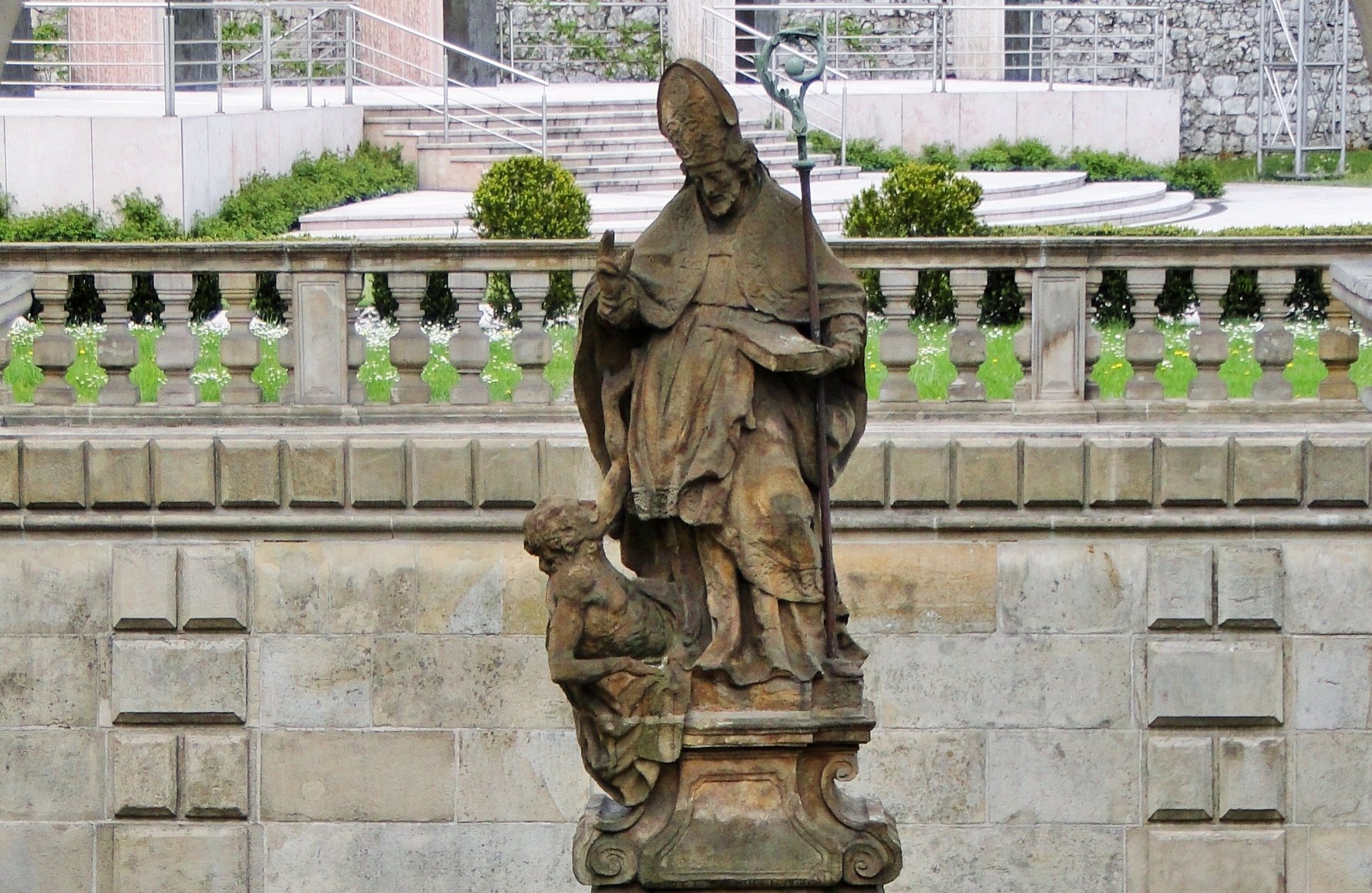
'Murder in the Cathedral'
The origins of the second, more serious feud between the Bishop and King Bolesław II are a bit murkier. One version relates that Bishop Stan was outraged over the King's harsh treatment of unfaithful wives whose husbands were off at war in Ruthenia, while another has Stanisław outspokenly criticising the King’s own sexual promiscuity. The only contemporary source, 'Gallus Anonymus,' rather tiptoes around the cause of the break between the Bishop and Bolesław in his famous Chronicles, but carefully condemns both sides - the 'traitorous Bishop' and the 'violent King.'
Whatever the case, in 1079 Stanisław brashly excommunicated the King, essentially banishing Bolesław from the sphere of the Church. Quite a flex on Stan's part, this not only outraged the King, but bolstered his political opponents; in fact, more recent theories have suggested Stanisław was directly involved in an opposition movement intent on overthrowing the King. Needless to say, the Bishop was living dangerously, and, of the two of them, the one perhaps more deserving of the title 'the Bold.'
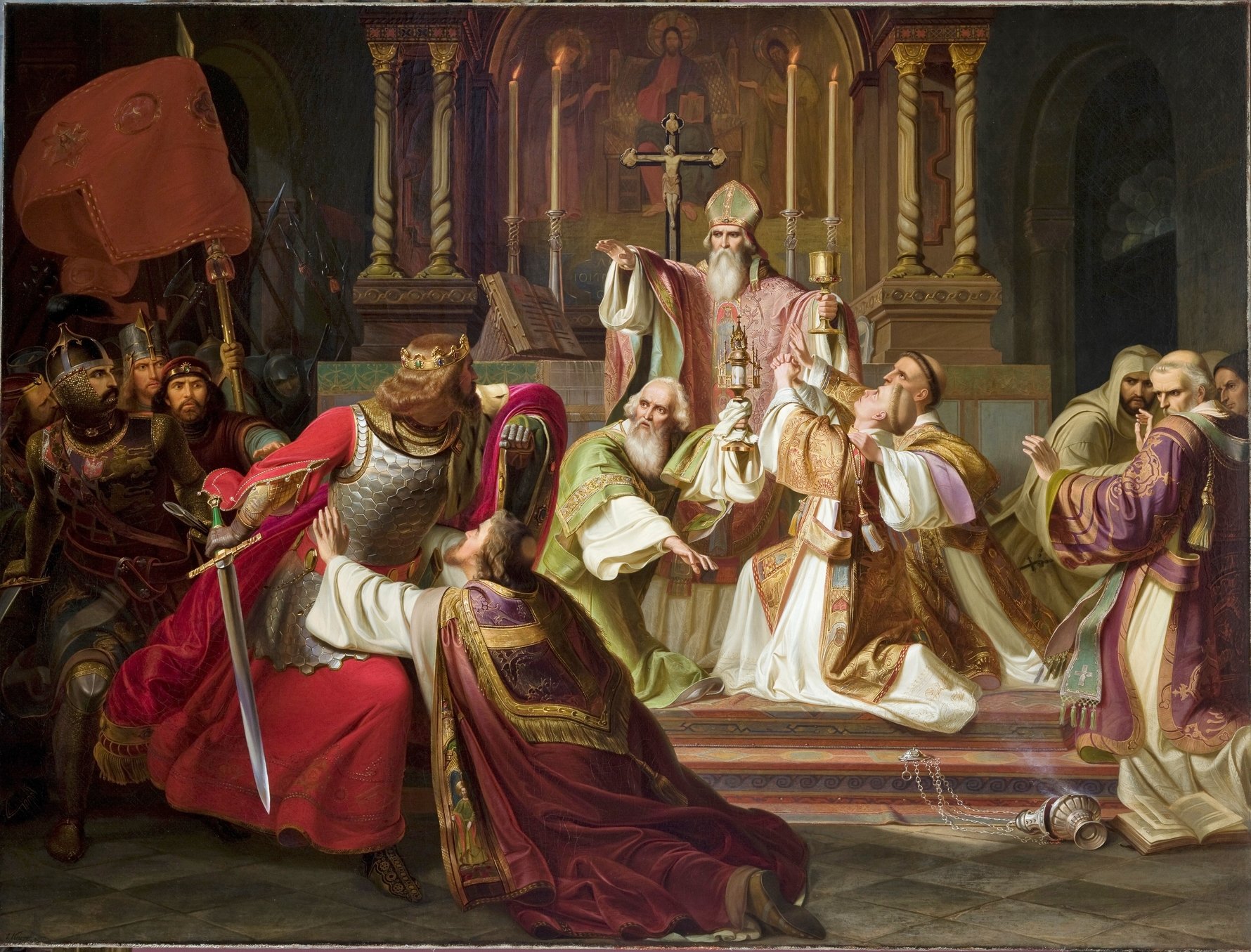
Trying to exert authority over a king is never wise, however, and in response, the enraged King accused Stanisław of treason and ordered his assassination. Finding no volunteers or even obeying courtiers for the task of executing a fearless, mystical man of God possessed of unearthly powers, the King rather 'boldly' took the task upon himself. Bishop Stanisław was celebrating mass at the Church at Skałka, just outside Kraków (today in Kazimierz district) when the King struck him down with his sword, splattering blood upon the altar. According to legend, Stanisław was then dismembered for good measure and his assorted pieces were thrown into the pool in front of the Skałka Church. Saving the theatrics until the raging tyrant and his men had dispersed, four eagles soon appeared to stand watch over the process as Stanisław's mutilated parts then proceeded to miraculously reassemble themselves, but surprisingly stopped short of reanimation; presumably Stan thought he could accomplish more as a martyr. And he did, posthumously winning his spat with the King when outrage over his death lead directly to Bolesław’s dethronement and banishment.

Bolesław the Banished, Bolesław the Obscure
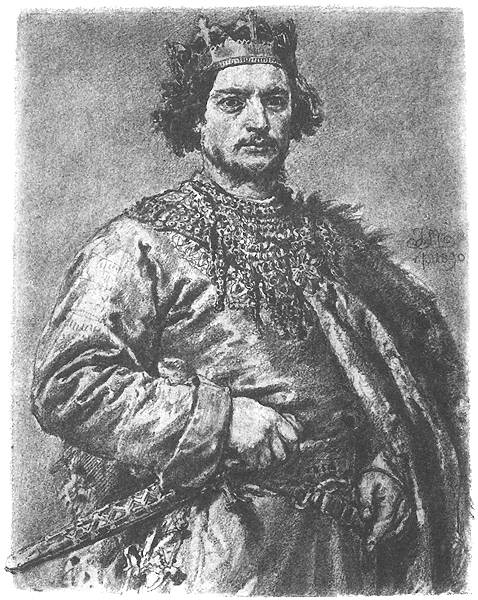
Despite living up to his 'bold' nickname, the backlash against the King for executing Bishop Stanisław was strong and swift. The opposition movement that had already spread amongst Poland's barons now intensified and led to open revolt, forcing Bolesław from the throne, where he was replaced by his brother, Władysław I Herman. Undone by his pride, Bolesław was forced to flee the country and it's unknown what exactly became of him, or even where he was buried - quite unusual in the case of a king.
